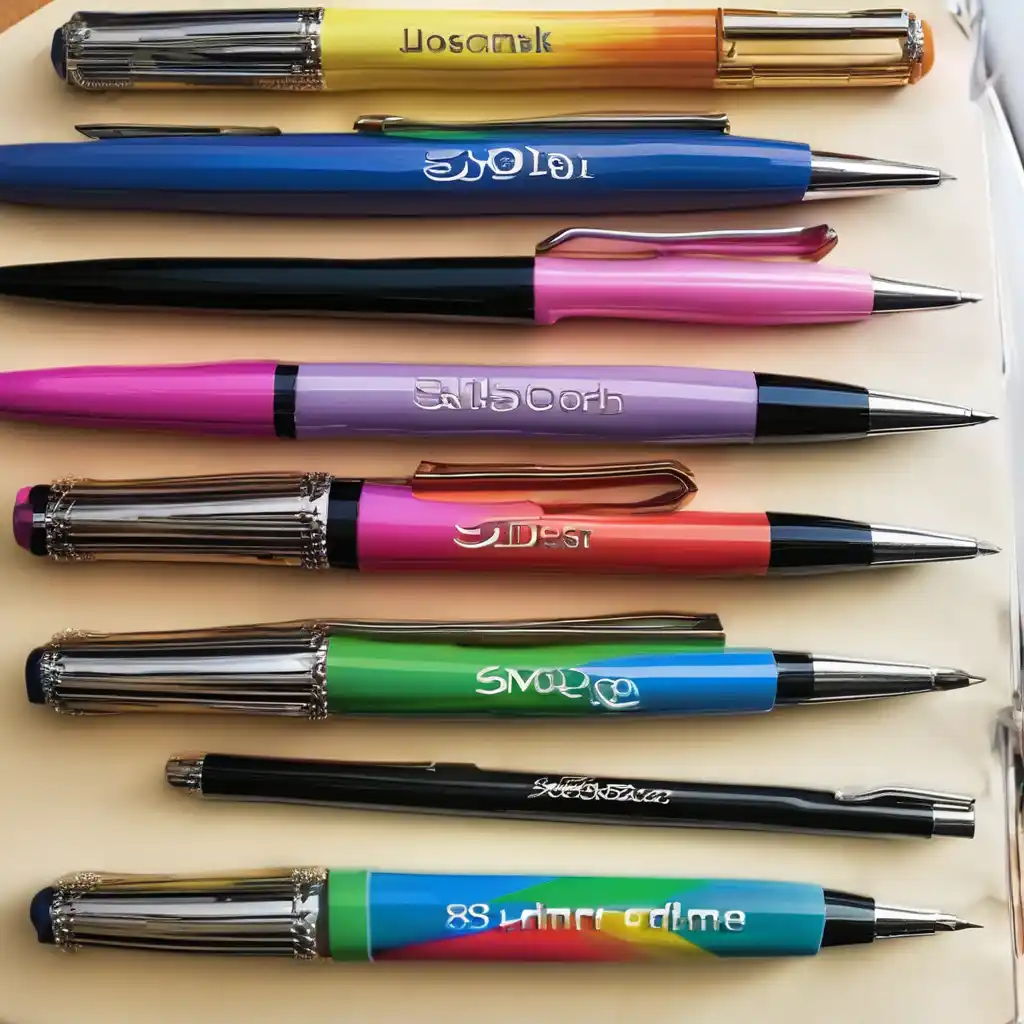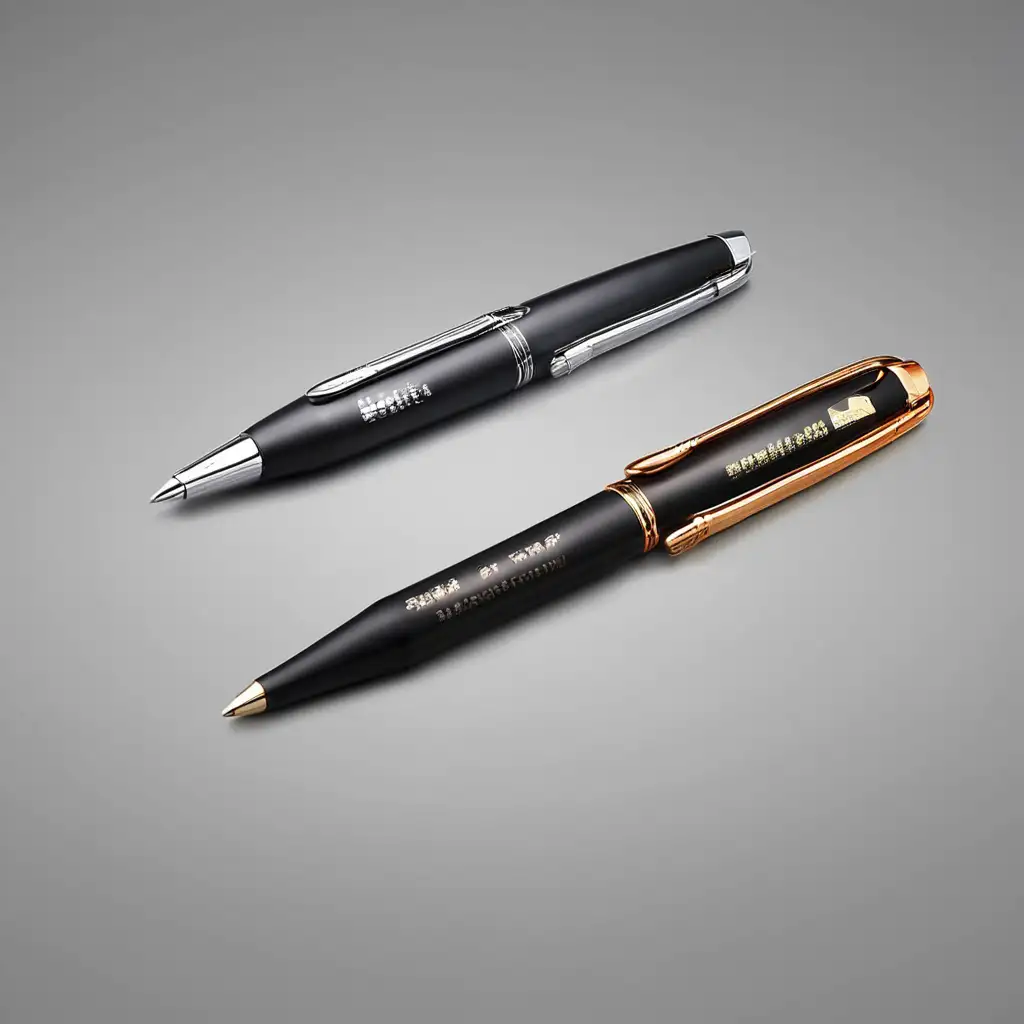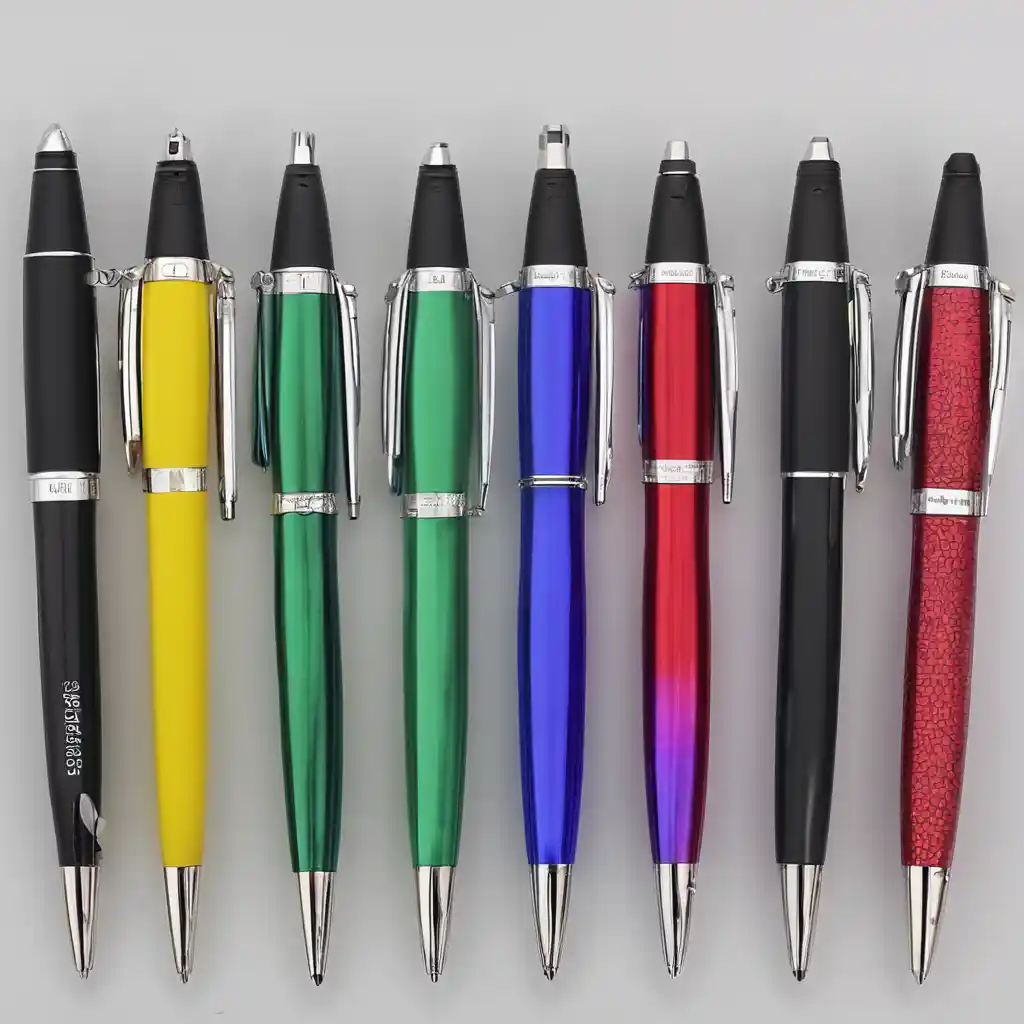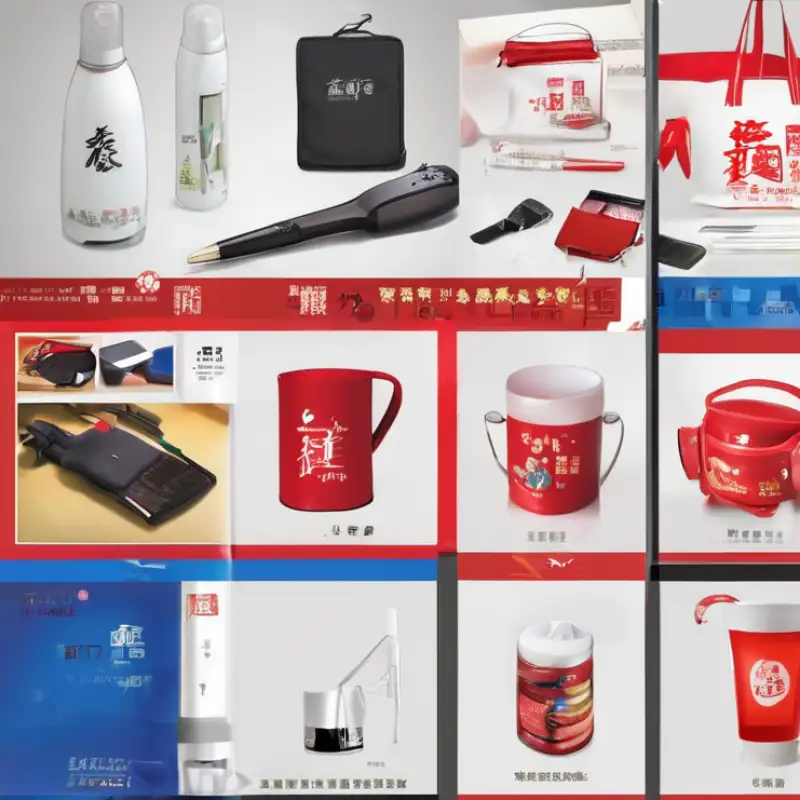The Power of Color in Branding
Color is one of the most powerful tools in branding. It shapes perceptions, triggers emotions, and influences decisions. In fact, studies suggest that color increases brand recognition by up to 80%, making it a critical component of a company’s identity . Understanding the psychological and cultural significance of color can help brands create a more cohesive and impactful identity. Below, we’ll explore the role of specific colors in branding, backed by data and real-world examples.
Blue: Trust, Professionalism, and Dependability
Blue is one of the most popular colors in branding, often used by companies that want to convey trust, professionalism, and dependability. According to color psychology, blue is associated with calmness, reliability, and security, making it an ideal choice for industries like finance, healthcare, and technology .
Data Insight: A study by the color research firm Colorcom found that blue is the preferred color for 57% of men and 35% of women, indicating its broad appeal .
Example: Tech giants like IBM and Dell use blue in their branding to emphasize their reliability and expertise. Financial institutions like Chase and American Express also use blue to build trust and convey a sense of stability.
Red: Energy, Urgency, and Passion
Red is a color of action, energy, and passion. It grabs attention and evokes strong emotions, which is why it is often used in marketing to create a sense of urgency or to stimulate appetite.
Data Insight: Research published in the journal Management Decision found that red is effective in attracting attention, which is why it’s often used in clearance sales and calls to action .
Example: Coca-Cola is one of the most recognizable brands globally, and its use of red plays a significant role in this recognition. The color red reinforces the brand’s association with energy, excitement, and happiness. Similarly, Netflix uses red to create a sense of urgency and passion around its entertainment offerings.
Green: Health, Sustainability, and Tranquility
Green is strongly associated with nature, health, and tranquility. It’s often used by brands that want to emphasize their commitment to sustainability, environmental responsibility, or well-being.
Data Insight: A survey conducted by the market research firm Harris Interactive found that green is perceived as a calming color, with 42% of respondents associating it with safety .
Example: Whole Foods Market uses green to communicate its focus on natural and organic products. The color reinforces the brand's connection to health and sustainability. John Deere, a brand associated with agriculture, also uses green to highlight its connection to nature and farming.
The Impact of Color Combinations
While individual colors have specific associations, the combination of colors can further enhance a brand’s message. Brands often use contrasting colors to create visual interest or complementary colors to create harmony.
Data Insight: According to a study published in Psychology & Marketing, consumers are more likely to recognize and remember logos that use contrasting colors .
Example: FedEx uses a combination of orange and purple—colors that contrast yet complement each other. Orange conveys energy and urgency, while purple suggests premium service and creativity, together creating a dynamic brand image.
Cultural Considerations in Color Usage
It’s important to note that color perceptions can vary across cultures. For instance, while white is often associated with purity and cleanliness in Western cultures, it can signify mourning and loss in some Asian cultures. Therefore, global brands must consider these cultural differences when choosing colors.
Example: McDonald’s has adapted its color scheme in different countries. While the brand is known for its red and yellow colors in the U.S., it uses green in some European countries to convey a more eco-friendly image.
The choice of color in branding is far from arbitrary. It’s a strategic decision that can significantly influence consumer perception and behavior. By understanding the psychological impact of colors and how they align with your brand’s values and message, you can create a more cohesive and effective brand identity.
Brands like Coca-Cola, IBM, and Whole Foods have successfully leveraged color to reinforce their market position and values. The data clearly shows that color is not just a design element; it’s a crucial aspect of brand strategy that can drive recognition, trust, and loyalty.
Investing time in choosing the right colors for your branding—whether it’s through logo pens or other marketing materials—can lead to a stronger connection with your target audience and ultimately, a more successful brand.
Why Logo Pens?
Logo pens are one of the most effective and versatile promotional tools available, offering a unique blend of practicality, broad appeal, and subtle brand reinforcement. In this section, we'll delve deeper into why logo pens are so powerful for brand visibility, supported by data and real-world examples.
The Everyday Utility of Pens
Pens are an essential tool in daily life, used in a variety of settings—at work, at home, in schools, and on the go. This constant need for pens makes them an ideal vehicle for brand exposure. When a pen is imprinted with a logo, it transforms from a simple writing instrument into a mobile advertisement for the brand.
Data Insight: According to the Advertising Specialty Institute (ASI), promotional pens are kept for an average of nine months, making them one of the longest-retained promotional products. This extended use increases the chances of brand impressions, with the same study finding that each pen generates approximately 3,000 impressions over its lifespan .
Example: A company like Pilot Pen has used branded pens not only as a product but as a promotional tool to reach offices, schools, and homes. Their logo pens are a constant reminder of the brand's commitment to quality and innovation in writing instruments.
Universal Appeal Across Demographics
One of the standout benefits of logo pens is their universal appeal. Unlike some promotional items that cater to specific demographics or interests, pens are useful to everyone, regardless of age, gender, or occupation. This broad utility ensures that your logo reaches a diverse audience, enhancing the chances of brand recognition and recall.
Data Insight: The ASI's Global Ad Impressions Study found that 89% of consumers own promotional pens, with the majority using them frequently. This widespread ownership highlights the universal appeal of pens as a promotional item .
Example: BIC, a brand synonymous with pens, has successfully leveraged logo pens in promotional campaigns worldwide. By distributing branded pens across various industries and demographic groups, BIC has ensured that their logo is seen by millions of people daily, reinforcing their position as a leading pen manufacturer.
Cost-Effective Brand Reinforcement
Logo pens are not just effective; they are also cost-efficient. Compared to other forms of advertising, the cost per impression (CPI) of promotional pens is incredibly low. This makes them an attractive option for businesses of all sizes, especially those looking for a high return on investment (ROI).
Data Insight: The ASI study revealed that the cost per impression for promotional pens is only about 1/10th of a cent. This low CPI, combined with the high number of impressions each pen generates, makes logo pens one of the most cost-effective promotional products available .
Example: Small businesses and startups often use logo pens as part of their marketing strategy due to their affordability and effectiveness. For instance, a local real estate agency might distribute branded pens at open houses or community events, ensuring that potential clients have a constant reminder of their services whenever they use the pen.
Subtle Yet Effective Branding
Logo pens offer a subtle form of branding that doesn’t overwhelm the consumer. Unlike billboards or online ads, which demand attention, a branded pen quietly integrates into a person’s daily routine. Each time they reach for the pen, they are subtly reminded of the brand, reinforcing the brand message without being intrusive.
Data Insight: A study by the British Promotional Merchandise Association (BPMA) found that 79% of people who received a promotional pen could recall the brand on the pen, even after a period of six months. This high recall rate demonstrates the effectiveness of pens in maintaining brand awareness over time .
Example: FedEx often uses branded pens in their customer service areas and during shipping transactions. The pens are not just tools for signing documents but also serve as a constant reinforcement of the brand's reliability and global reach.
Real-World Versatility and Strategic Distribution
Pens are highly portable and versatile, making them easy to distribute in various contexts—trade shows, conferences, direct mail campaigns, or as part of a purchase. Their small size and light weight make them an ideal giveaway item that can be included in nearly any promotional package.
Data Insight: The BPMA study also highlighted that 56% of people are more likely to do business with a company that gave them a promotional pen, illustrating the direct impact of such promotional items on consumer behavior .
Example: At major trade shows, companies like Microsoft have used branded pens as part of their swag bags, ensuring that attendees leave with a tangible, useful item that keeps the Microsoft brand in mind long after the event ends.
Logo pens are a powerhouse in the world of promotional products, combining everyday utility, broad appeal, cost-effectiveness, and subtle brand reinforcement. The data clearly supports their effectiveness, showing that logo pens generate thousands of impressions at a minimal cost, are widely appreciated across demographics, and have a high retention rate.
Whether you’re a large corporation or a small business, incorporating logo pens into your marketing strategy is a smart move. They ensure that your brand stays within reach—literally—in the hands of potential customers, subtly reinforcing your message with each use. By leveraging the power of logo pens, you can significantly boost brand visibility and recall, making them an indispensable tool in your promotional arsenal.
Stand Out with Colorful Pens
The Visual Impact of Colorful Pens
In the crowded world of promotional items, making your brand stand out is essential. While logo pens are a staple, colorful logo pens have the added advantage of being more visually striking. The human brain processes color before it processes text or shape, making color a crucial factor in grabbing attention.
Data Insight: According to a study by the Institute for Color Research, people make a subconscious judgment about a product within 90 seconds of initial viewing, and between 62% and 90% of that assessment is based on color alone. This highlights how crucial color is in making a strong first impression .
Example: Google, known for its playful and innovative brand image, often uses colorful pens in its promotional giveaways. The pens, designed in Google's signature red, blue, green, and yellow, not only stand out visually but also reinforce the brand’s identity as fun, dynamic, and creative. These pens are instantly recognizable and memorable, enhancing brand recall whenever they are used.
Creating a Memorable Brand Experience
Colorful pens do more than just catch the eye; they help create a memorable brand experience. A pen in a vibrant hue is more likely to be noticed and remembered, particularly when placed among standard black or blue pens. This distinction ensures that your brand doesn’t just blend in with the rest, but instead leaves a lasting impression.
Data Insight: A survey by Pantone found that 78% of consumers believe that color increases brand recognition. When a brand uses distinctive colors, those colors become associated with the brand itself, making the product instantly recognizable .
Example: Crayola, a brand synonymous with color and creativity, uses colorful logo pens to reinforce its brand message. These pens are not only functional but also evoke the brand’s core values of creativity and fun. When customers use a Crayola pen, they are reminded of the brand’s legacy in color and imagination, making the pen more than just a writing tool—it becomes a part of the brand experience.
Reflecting Brand Personality Through Color
Colors can reflect a brand’s personality, making colorful pens an excellent way to communicate what your brand stands for. Whether your brand is playful, bold, or innovative, the right color choice can convey these attributes effectively.
Data Insight: Research published in the Journal of Marketing Communications suggests that brand personality can be strongly influenced by color. For instance, red can suggest boldness and excitement, while green may evoke a sense of calm and sustainability. Choosing the right color for your pens can enhance how your brand is perceived .
Example: Dropbox, known for its simplicity and innovation, often distributes pens in its signature light blue color. This choice of color not only aligns with Dropbox’s brand identity but also reinforces its values of simplicity and trustworthiness. The light blue pens stand out as unique, and when customers use them, they subconsciously associate these qualities with the Dropbox brand.
Driving Engagement and Word-of-Mouth Marketing
Colorful pens can also become conversation starters, further increasing your brand’s reach through word-of-mouth. A uniquely colored pen is likely to be noticed by others, sparking curiosity and conversation about your brand.
Data Insight: According to a study by the Word of Mouth Marketing Association, word-of-mouth drives 13% of consumer sales, with 90% of these conversations happening offline. Unique and memorable promotional items, like colorful pens, can contribute to this word-of-mouth effect .
Example: Lego uses bright, primary-colored pens that mirror the colors of their iconic bricks. These pens often spark conversations because of their distinctive design and association with creativity and childhood nostalgia. When someone uses a Lego pen in a public setting, it’s not uncommon for others to ask about it, leading to discussions about the brand and its products.
Enhancing Brand Reach and Recall
The combination of visual impact, brand personality, and conversational potential makes colorful logo pens a powerful tool for enhancing brand reach and recall. When a pen is not only functional but also visually appealing and reflective of a brand’s identity, it becomes more than just a giveaway item—it becomes a tangible extension of the brand.
Data Insight: The Advertising Specialty Institute (ASI) found that 85% of consumers remember the advertiser that gave them a promotional pen. This high recall rate is amplified when the pen is colorful and unique, ensuring that the brand stays top-of-mind .
Example: Spotify uses neon-colored pens to align with its energetic and modern brand image. These pens, often handed out at music events and festivals, not only catch the eye but also serve as a reminder of Spotify’s role in the music industry. The bright, vibrant colors reflect the brand’s association with entertainment and you th culture, making the pens memorable long after the event.
Colorful logo pens are more than just a practical tool—they are a strategic asset in branding. Their vibrant hues draw attention, making your brand stand out in a crowded marketplace. By reflecting your brand’s personality and values through color, these pens can create a memorable brand experience that resonates with consumers. Additionally, their potential to spark conversations and drive word-of-mouth marketing further enhances your brand’s reach and recall. Investing in colorful logo pens is a smart move for any brand looking to make a lasting impression.
Cost-Effective Marketing
One of the greatest advantages of using colorful logo pens for brand visibility is their cost-effectiveness. Compared to other forms of advertising and promotional items, pens offer a high return on investment. They are affordable to produce in bulk, easy to distribute, and have a long lifespan, ensuring prolonged exposure for your brand.
By distributing colorful logo pens at events, trade shows, or as part of a direct mail campaign, you can reach a wide audience without breaking the bank. They are also easy to include as a complementary gift with purchases or as a giveaway, further enhancing customer satisfaction and loyalty.
Conclusion
Incorporating colorful logo pens into your marketing strategy is a smart move for any business looking to boost brand visibility. Their combination of practicality, broad appeal, and visual impact makes them an ideal promotional tool. By choosing colors that align with your brand and distributing them strategically, you can ensure that your brand is not only seen but remembered. Invest in colorful logo pens today and watch your brand visibility soar.













